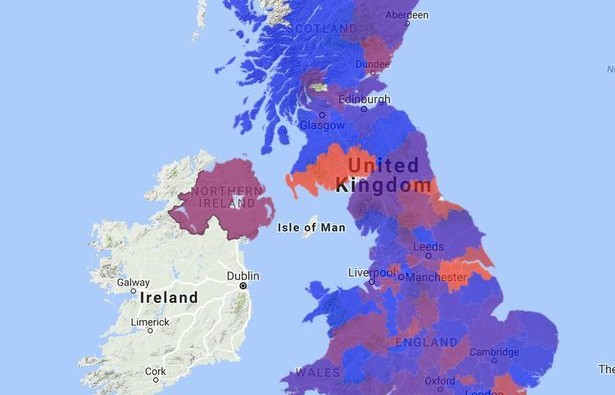The dreaded Aussie Flu has hit the UK. The Australian flu has been the cause of a major flu rise across the UK with dire consequences. There have been many warnings this winter that suggest the UK could be facing the worst death toll in years. Government statistics show that atleast 1,111 have been affected by the virus.
Australia had been hit by one of the largest outbreaks in years, and there are fears that it could hit over here.
Many parts of the UK have been declared the ‘red zone’ for the illness. However, none are in the West Midlands.
Around the West Midlands, the colour varies from a pinkish hue to a deep purple colour on the map.
The particularly prevalent strain of Aussie flu, H3N2, is considered to be the main concern to the UK.
The strain is said to be affecting mainly older people, those with long-term health conditions, pregnant women and children. The H3N2 strains are more severe and contagious than the normal flu symptoms.
The symptoms can include a sudden fever. Aches, exhaustion, a dry, chesty cough, headaches, sore throats, diarrhoea, nausea, vomiting and trouble sleeping. Children can also get ear pains.
The flu is spread by germs from coughs and sneezes. The best protection from this illness is the flu vaccine. However, as flu strains change, the vaccine will need to be done every year. The flu jab is offered free to adults over 65, who are at risk as well as pregnant women, children from the ages six months to two years and a spray is offered to children up to four years. The jab is available at your local GP and some Pharmacies. Serious side effects from the vaccines are rare.
Anyone can help prevent the virus from spreading simply by washing their hands regularly and covering their mouth and nose with tissues when they cough or sneeze.




















